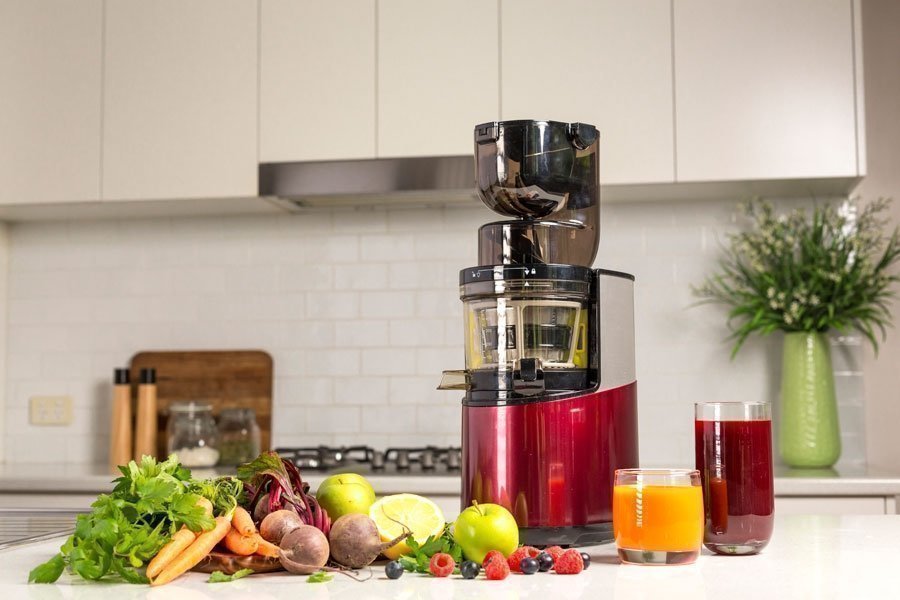Vitality 4 Life uses cookies to provide and improve our services, if you continue browsing, we consider that you accept its use. For more information, please see our privacy page.
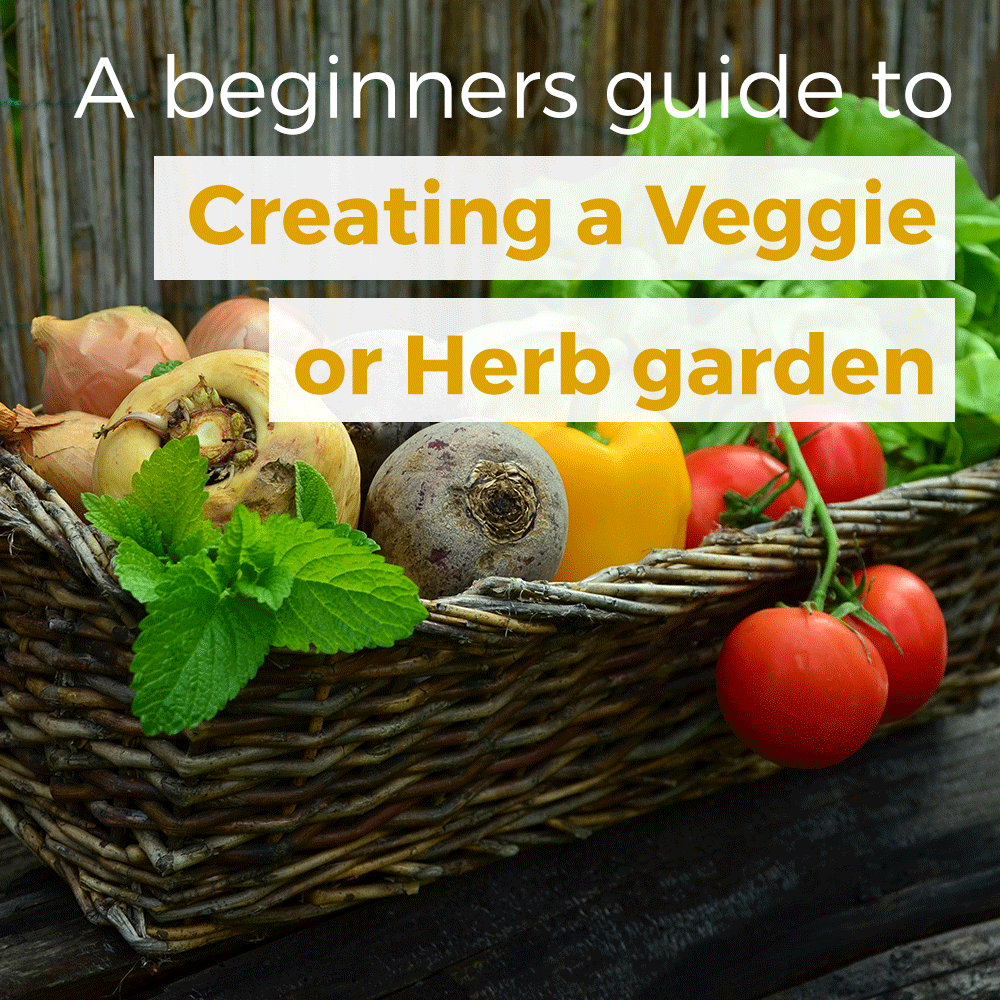
A beginner's guide to creating a vegie and herb garden
Thinking about starting your own garden but live in a city or have limited outdoor space? Vitality 4 Life has put together some tips for starting your own vegie and herb garden no matter how much space you have.
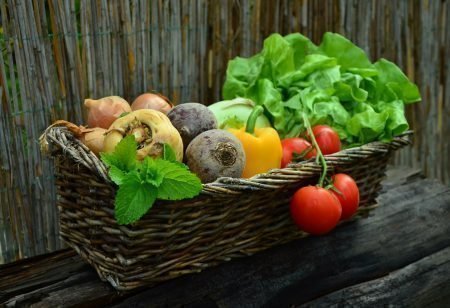 Remember, healthy eating starts at home. Nothing is healthier than taking something straight from the soil and putting it on your plate.
Remember, healthy eating starts at home. Nothing is healthier than taking something straight from the soil and putting it on your plate.
1. Plan! Plan! Plan!
Before you go out and buy your seeds and soils and tools keep the following in mind:
- Climate: What is the climate like in your region? What is the season?
- Space limitations: Do you have a yard? Do you have soil? Or are you living in an apartment? This will determine what tools you will need to purchase and how much you can realistically grow.
- Domestic habits: Be honest with yourself. How much time are you going to actually want to spend in your garden?
- Production levels: How many vegies and herbs do you actually need? Are you really going to want Chinese Leeks or would parsley, mint, basil and a variety of lettuce be sufficient?
- Aesthetic desires: Do you want hanging baskets, a composters and trays for growing seedlings on your tiny balcony? If you have a small yard, how much of it do you want taken up by a vegie patch?
2. Choose according to season
This is very important. If you want to see some easy success in your garden choose your vegies and herbs according to the season.
When I first started my vegie garden I wanted vine tomatoes and cherry tomatoes. I had visions of beautiful red tomatoes growing in my yard and bringing friends my extra tomatoes because I was growing too many for my family to eat. Well, being the beginning of winter and the start of one of the coldest snaps we have had in years here in Australia, my tomatoes were not to be.
If you do not want to be disappointed, plant your vegies and herbs according to the time of year.
Winter:
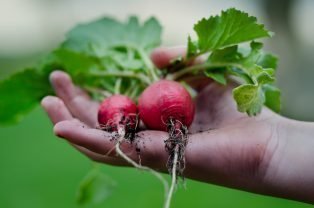
- asparagus
- garlic
- shallots
- leek
- rhubarb
- lettuce
- spinach
- horseradish
Spring:
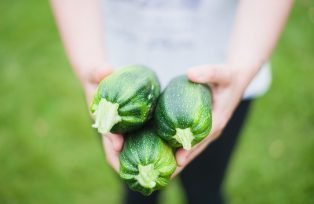
- carrots
- rocket
- cabbage
- herbs
- tomatoes
- beetroot
- zucchini
- cucumbers
- capsicum
Summer:

- celery
- parsnip
- endive
- squash
- sweet corn
- silver beet
Autumn:

- broccoli
- parsley
- pumpkin
- swedes
- leeks
- watercress
- snow peas
- chillies
3. Pick your spot
When I chose the location for my garden I designed to be lazy. I have a small yard and a deck. I put all of my herbs in pots and hanging baskets so they could be moved from outside to inside. I planted my (failed) tomatoes and (successful) carrots on the small patch of area near the entrance to my deck. I made it a small section to limit the amount of work I would have to do to create the garden bed and for maintenance.
I recommend keeping the following in mind:
- Choose a spot that gets plenty of sunlight.
- Create your garden bed as far away from major root systems as you can to it does not have to compete with the large root systems of large trees and shrubs.
- Limit your garden’s width to twice the length of your arm for ease of access.
4. Choose the right tools
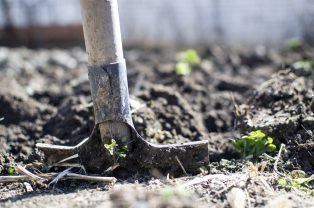 This is important. You want to make sure that you buy all the tools you will need for your garden to be a success.
This is important. You want to make sure that you buy all the tools you will need for your garden to be a success.
If you are working with a small balcony make sure to buy hanging baskets that you can move around and limit the size of the pots you buy so that you can move them too. You don’t need to buy expensive terra cotta pots – almost anything can be used as a plant container.
- Tip 1: Some plants have deep roots and will require a deeper pot. Carrots, for example, grow roots around 10-12 inches long and will require a pot this deep.
- Tip 2: Other plants will grow quite tall and will require stakes to ensure they grow properly. Tomatoes and capsicums are both plants that will require stakes.
- Tip 3: Herbs are very easy to plant in your hanging baskets and you will have great success with parsley, cilantro, basil and rosemary with very little work.
5. Your new plants will be very thirsty
All your new plants will need lots of water every day for the first couple of weeks after you plant them. If you are diligent for the first 2-3 weeks with watering your new plants daily, they will only require a superficial watering every other day from that point onwards.
- Tip 1: Check the colour and consistency of your soil. Does it look dry and light in colour? If so, water your babies. Keep watering them until the soil has a dark colour and rich consistency.
- Tip 2: I take the pulp from my Oscar Neo 1000 Cold Press Juicer and add them to my soil for added nutrients.
- Tip 3: Keep the labels that come with the plants in line with their corresponding plants. This way you will always have the instructions on hand that are found on the back of the labels and you will know which plants are which.
6. Ideal plants for balcony or container gardening
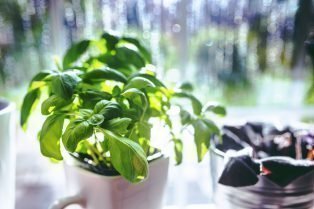 If you are an inner city green thumb and will only be able to grow herbs and vegies using hanging baskets and containers here are some of the best ones to grow:
If you are an inner city green thumb and will only be able to grow herbs and vegies using hanging baskets and containers here are some of the best ones to grow:
- leaf and head lettuces
- spinach
- green beans
- capsicums
- onion
- tomatoes
- carrots
- garlic
- chillies
- herbs
TOOLS FOR CREATING THE PERFECT VEGGIE OR HERB GARDEN
[product id="373"]
[product id="1052"]









